Earth Day: Drought, floods and how WFP climate action in Haiti and the Caribbean protects people and planet
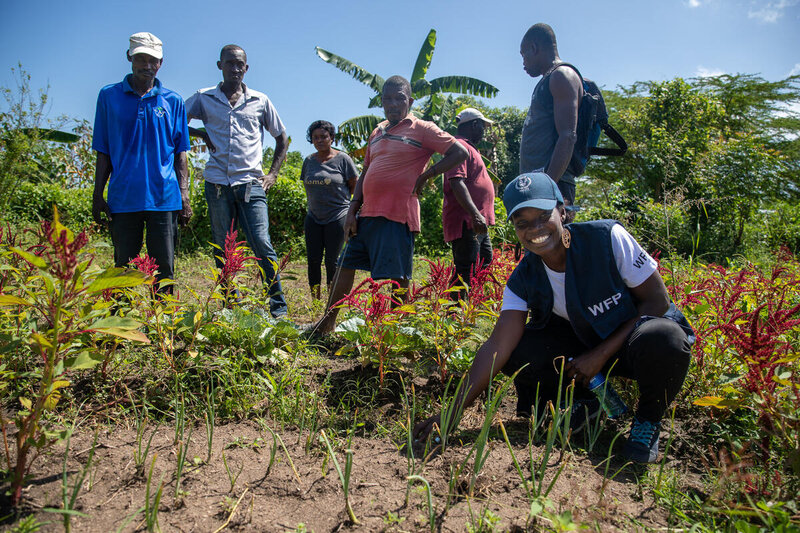
The climate crisis is changing the entire world. But its impacts are particularly severe in the Caribbean - the second most hazard prone region in the world. Rising sea levels, failed rainy seasons and increasing temperatures are threatening Caribbean nations whose economies rely on sectors particularly vulnerable to climate change such as agriculture, fishing and tourism.
In 2021, the World Food Programme (WFP) worked with over 1.1 million people in the Caribbean to support their protection against climate impacts. This includes providing crop insurance to farmers, using early warning systems to deliver assistance before disasters strike and rehabilitating community resources to increase resilience.
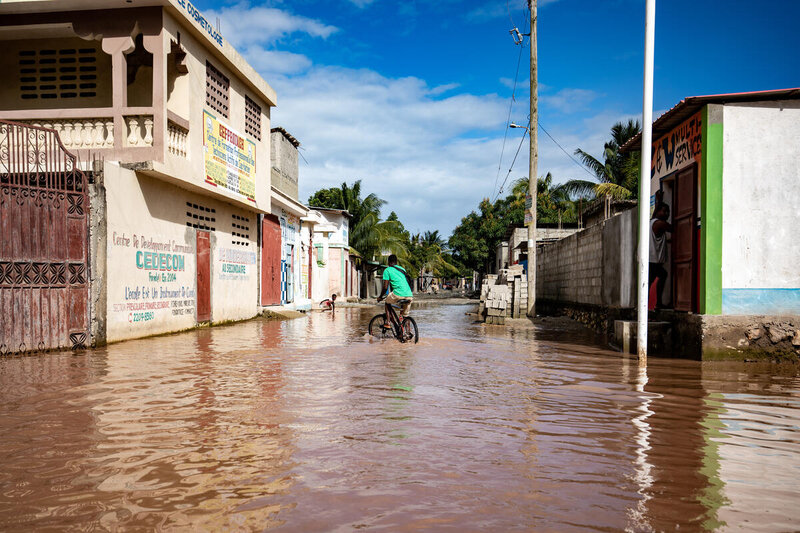
It is still possible to solve the climate crisis. But time is short. We must invest in our planet now to protect people, livelihoods and our futures.
To mark Earth Day, let’s take a look at how WFP is investing in the Caribbean to address the climate crisis and protect both people and planet.
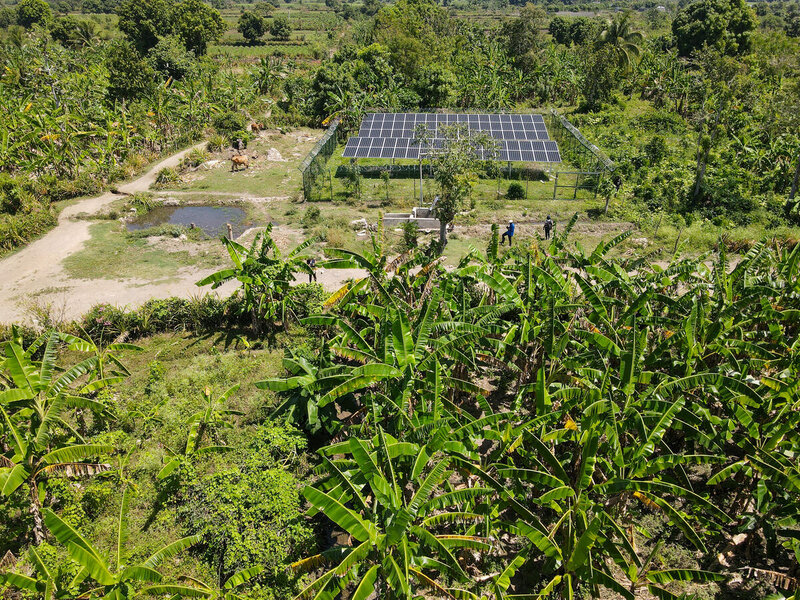
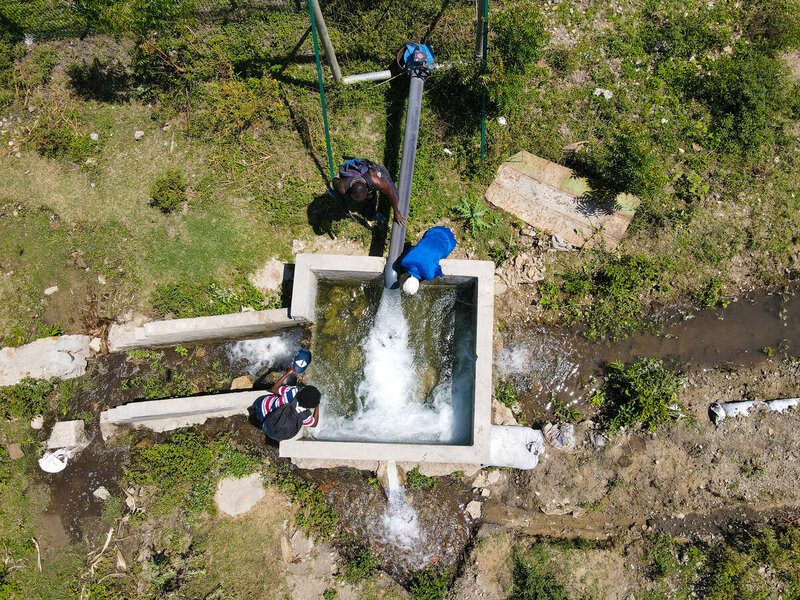
Haiti
In Haiti, 45 percent of people don’t have enough food to eat – the highest levels of food insecurity in the region. The most populous country in the Caribbean is not only prone to climate shocks, but also still recovering from the severe earthquake in 2010 that affected three million people. WFP works with communities in Haiti to build resilience to climate shocks by creating, rehabilitating and modernising community resources. In 2021, 80,000 people in six departments benefitted from resilience activities. This included 73,000 trees planted and 2,500 metres of flood protection dikes and 6,264 meters of drainage canals rehabilitated.
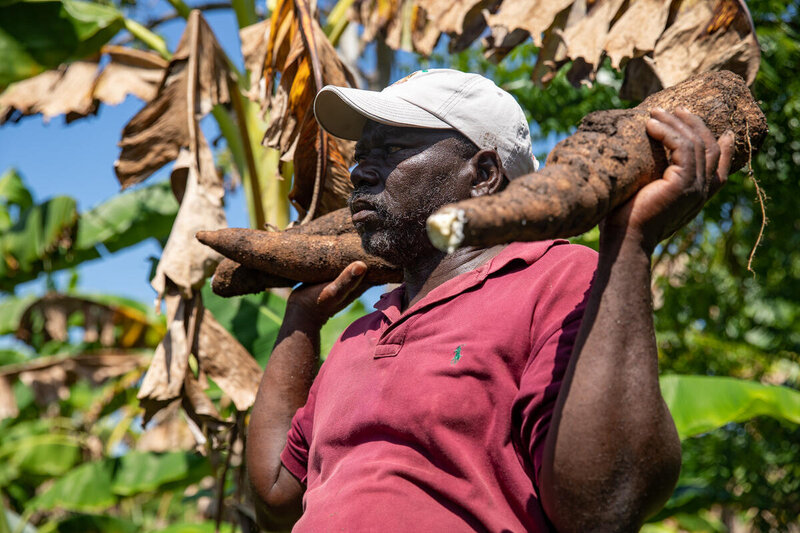
Marie was one of 3,000 people who participated in such activities in the Sud department. She received US$344 over a period of four months to help improve the road connecting her village to the main road which leads to the market in the city of Les Cayes. “With this road we now only need two hours to go to the market at Les Cayes instead of four hours before,” Marie says. She used the money to purchase food and for her children’s school fees. She was also able to repair parts of her house which had been damaged by a recent hurricane. And it’s not only the money that helped Marie “The road is a relief as me and my family can now access medical services more quickly” she says.
Marc is a farmer in the Central Department. He was supported by WFP to build drainage and irrigation canals that now enable him to grow new crops including eggplant, cabbage, spinach, spring onions and beetroot. “Before the canals, during a drought we would eat only one meal a day, but now we can eat three times a day as well as sell food to pay for the needs of our families,” says Marc. “I am proud to be a farmer, this is my life; it is a good life.”
Cuba
Droughts are becoming more frequent in Cuba, affecting the amount and quality of food that is produced. WFP works with local farmers to strengthen their resilience by improving climate services – information about upcoming weather events and conditions such as rainfall.
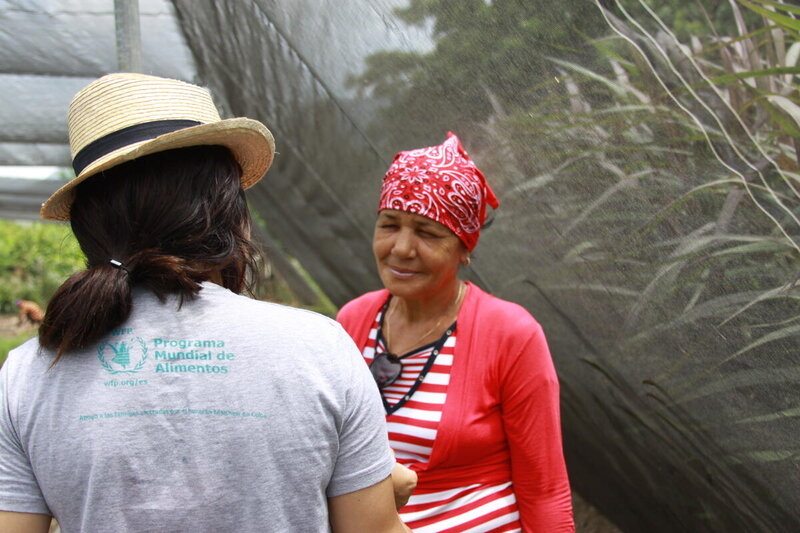
Alfredo, a corn, bean and vegetable farmer in the Guantanamo province receives climate and weather information bulletins issued by WFP and partners.
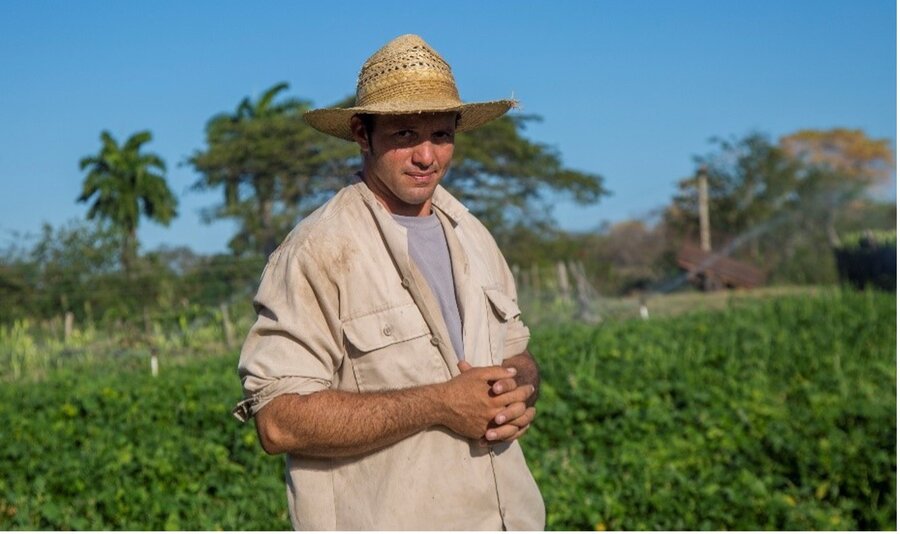
This enables Alfredo to make informed decisions about when to plant or harvest, or which type of crops to plant based on weather conditions. “If you lack data on climate and weather, you are risking more than 30 percent of the success of that harvest,” he says.
Climate information services also strengthen the country’s early warning system, enabling the Government to better manage risks and predict when food shortages might occur. Farmers also receive training from climate experts. “Today we have a meteorologist in the cooperative, something I never thought I would have,” says Alfredo. “And now I see that my future economy is more guaranteed.”
Dominican Republic
Acting before disaster strikes is the best way to save lives and livelihoods. One way to do this is through forecast-based financing which involves using weather forecasts to trigger assistance before a climate event hits. In the Dominican Republic, WFP and the Government have set up a mechanism to support 10,000 people if floods are predicted in the Yaque del Norte River Basin.
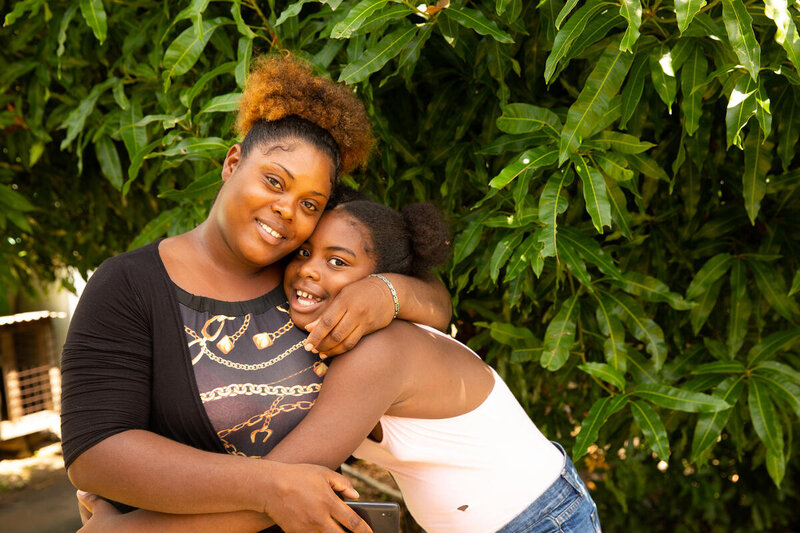
If a forecast predicts significant flooding, people will receive US$ 100, equivalent to around 80 percent of their average monthly spending, two to three days before floods arrive. This will mean people can take precautions – buy supplies, reinforce their homes or move vulnerable people to safety. WFP and the Government are currently working on expanding this initiative to cover more people and other types of hazards. The island experiences some of the worst climate impacts which contributes to it having the second highest level of food insecurity in the region.
